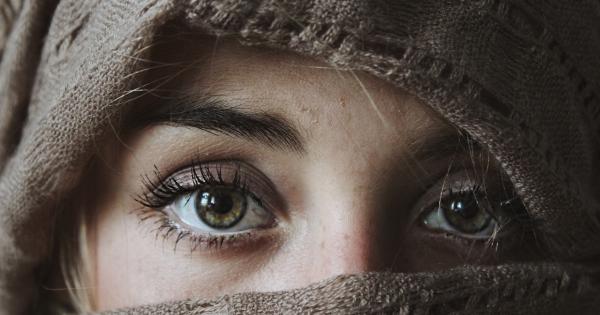Psoriasis and dry skin are two common dermatological conditions that can cause similar symptoms. However, it is important to differentiate between the two as their causes and treatments can vary significantly.
This article will help you understand the differences and equip you with the knowledge to identify whether you are dealing with psoriasis or dry skin.
Understanding Psoriasis
Psoriasis is a chronic autoimmune condition that affects the skin cells. It causes cells to multiply rapidly, leading to a buildup of thick, scaly plaques on the skin’s surface.
These plaques can appear anywhere on the body, but commonly occur on the elbows, knees, scalp, and lower back. Psoriasis can also affect the nails, causing pitting, discoloration, and separation from the nail bed.
Recognizing Dry Skin
Dry skin, also known as xerosis, is a common condition characterized by flaky, rough, and itchy skin. It occurs when the skin lacks sufficient moisture and fails to retain its natural oils.
Dry skin can affect any part of the body, but the lower legs, arms, hands, and abdomen are particularly susceptible. Cold weather, low humidity, excessive bathing, and certain skincare products can all contribute to dry skin.
Appearance and Texture
One way to differentiate between psoriasis and dry skin is by examining the appearance and texture of the affected areas. Psoriasis plaques typically have well-defined edges and a silvery-white scale on top.
The skin underneath the scales may be reddish or pink. In contrast, dry skin is often characterized by fine flakes and rough patches with no distinct borders.
Itching and Discomfort
Itching and discomfort are common symptoms experienced by individuals with both psoriasis and dry skin. However, the severity and nature of itching can differ between the two conditions.
Psoriasis-related itching is often described as intense and may worsen at night. Scratching can lead to the formation of small pinpoint bleeding spots, known as Auspitz’s sign. Dry skin itching, on the other hand, is generally milder and can be alleviated with regular moisturization.
Location of Symptoms
Another helpful clue in distinguishing psoriasis from dry skin is the location of symptoms. As mentioned earlier, psoriasis commonly affects the elbows, knees, scalp, and lower back.
It can also appear on the palms of the hands, soles of the feet, and even in the genital area. Conversely, dry skin can occur anywhere on the body, although it is more prevalent in areas exposed to environmental factors.
Triggers and Risk Factors
Knowing the triggers and risk factors associated with each condition can also aid in differentiating psoriasis from dry skin. Psoriasis flare-ups can be prompted by stress, skin injuries, infections, certain medications, smoking, and even cold weather.
Additionally, genetic factors play a significant role in psoriasis, with a family history increasing the likelihood of developing the condition. Dry skin, on the other hand, is primarily affected by external factors such as climate, harsh soaps, hot showers, and inadequate hydration.
Medical Evaluation and Diagnosis
If you suspect you may have psoriasis, it is essential to consult a dermatologist for an accurate diagnosis. A qualified medical professional will examine your skin, review your medical history, and may perform a skin biopsy if necessary.
A skin biopsy involves taking a small sample of skin tissue and examining it under a microscope to determine the presence of psoriasis.
Treatment Options
The treatment approach for psoriasis and dry skin differs significantly. While dry skin can often be managed with over-the-counter moisturizers and lifestyle adjustments, psoriasis typically requires medical intervention.
Topical treatments such as corticosteroids, vitamin D analogs, retinoids, and salicylic acid can be prescribed for mild cases of psoriasis. Moderate to severe cases may require phototherapy, oral medications, or biologic therapies.
Prevention and Management
Preventing and managing these conditions involves adopting healthy skincare practices. For dry skin, it is crucial to moisturize regularly, avoid excessive bathing, and use mild, fragrance-free cleansers. Humidifiers can also help combat dry indoor air.
Psoriasis management includes moisturizing, avoiding triggers, practicing stress management techniques, and protecting the skin from injuries. It is essential to follow the treatment plan prescribed by your dermatologist for effective management.
Conclusion
Psoriasis and dry skin may exhibit similar symptoms, but understanding their distinct characteristics is crucial for effective management.
By assessing the appearance, location, itching, triggers, and risk factors, you can differentiate between the two conditions. Remember, if you suspect you have psoriasis, seeking medical evaluation from a dermatologist is vital to receive an accurate diagnosis and suitable treatment plan.






























